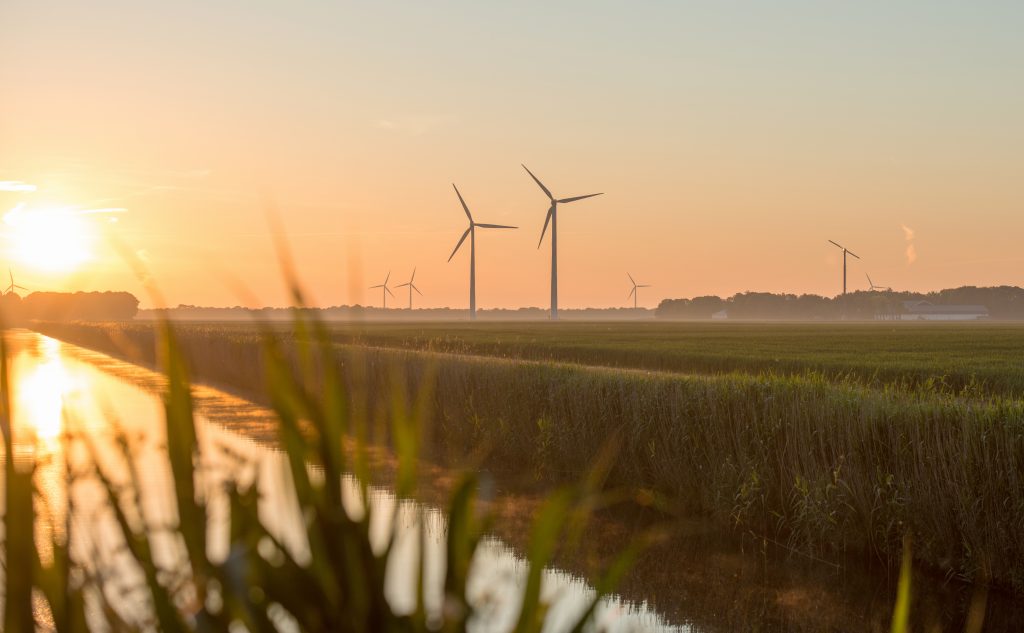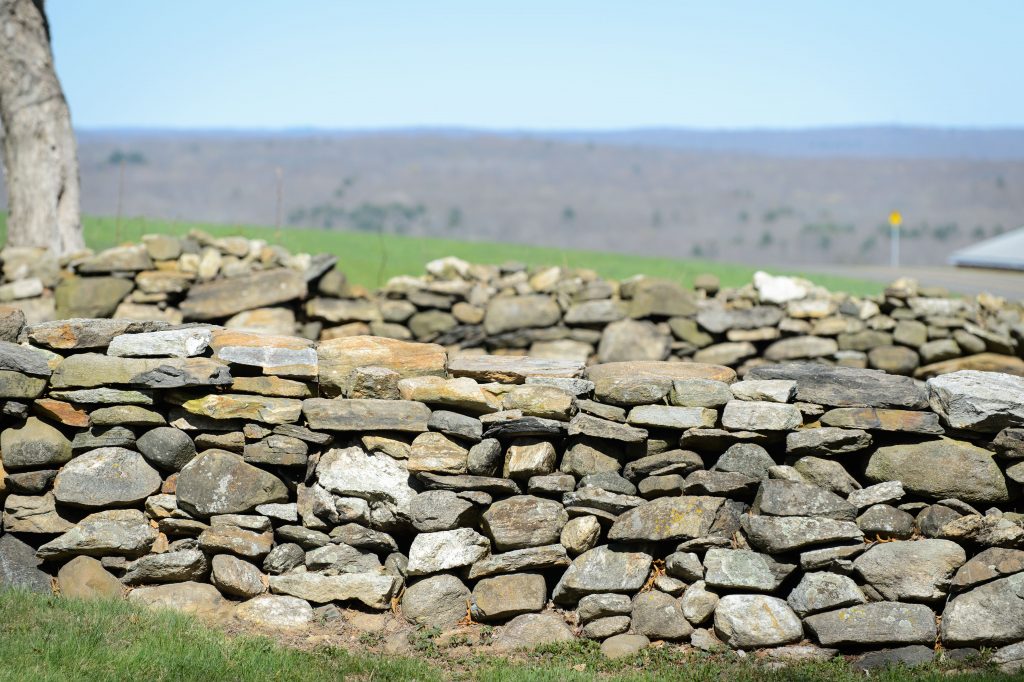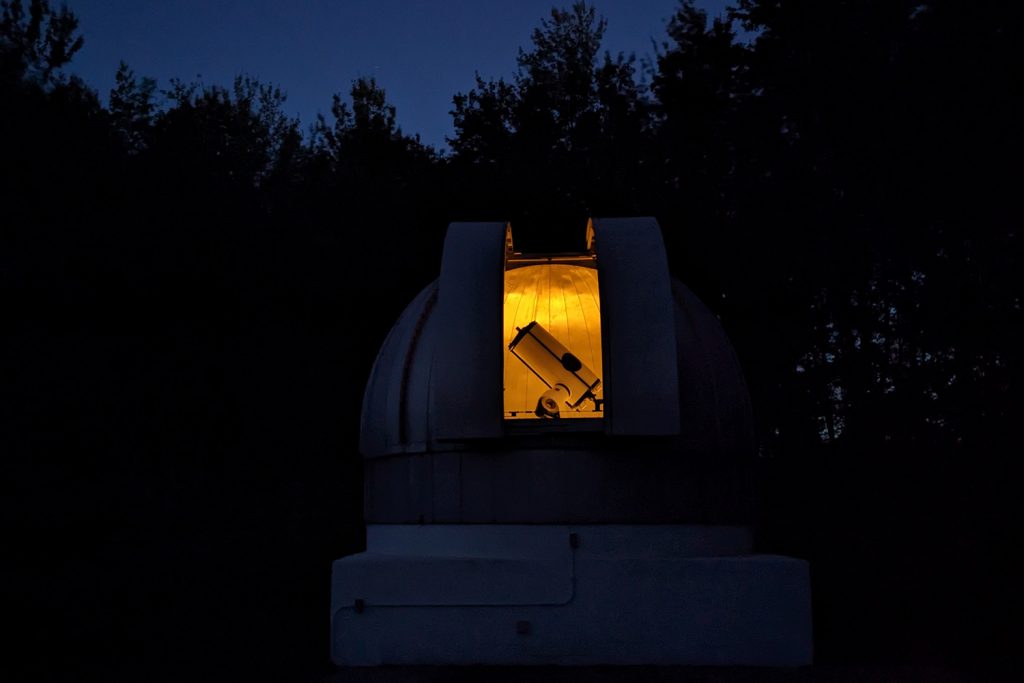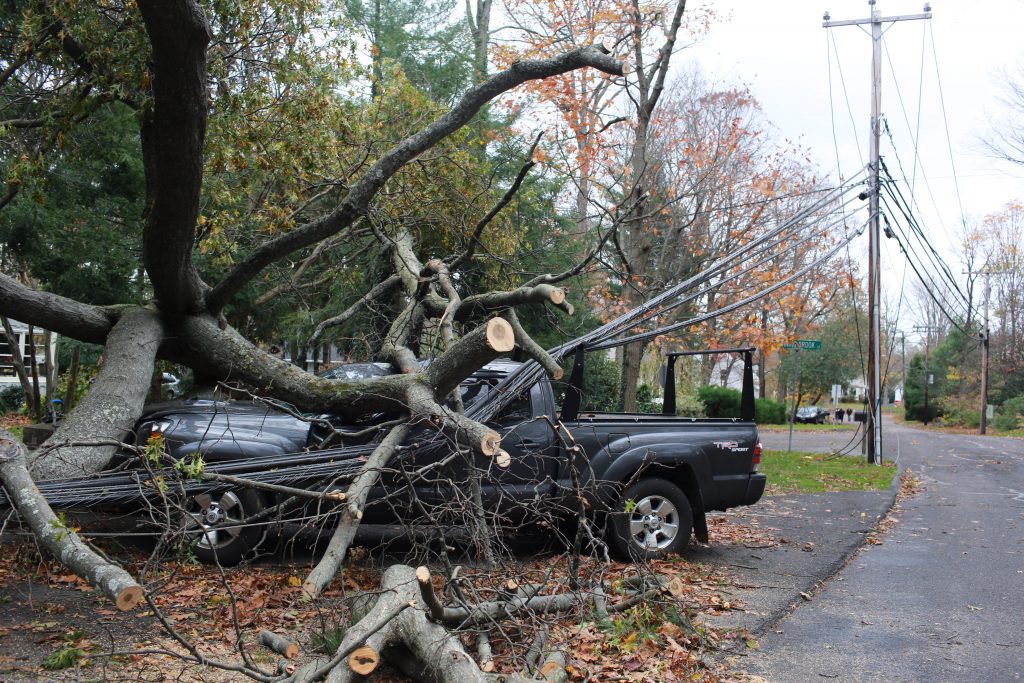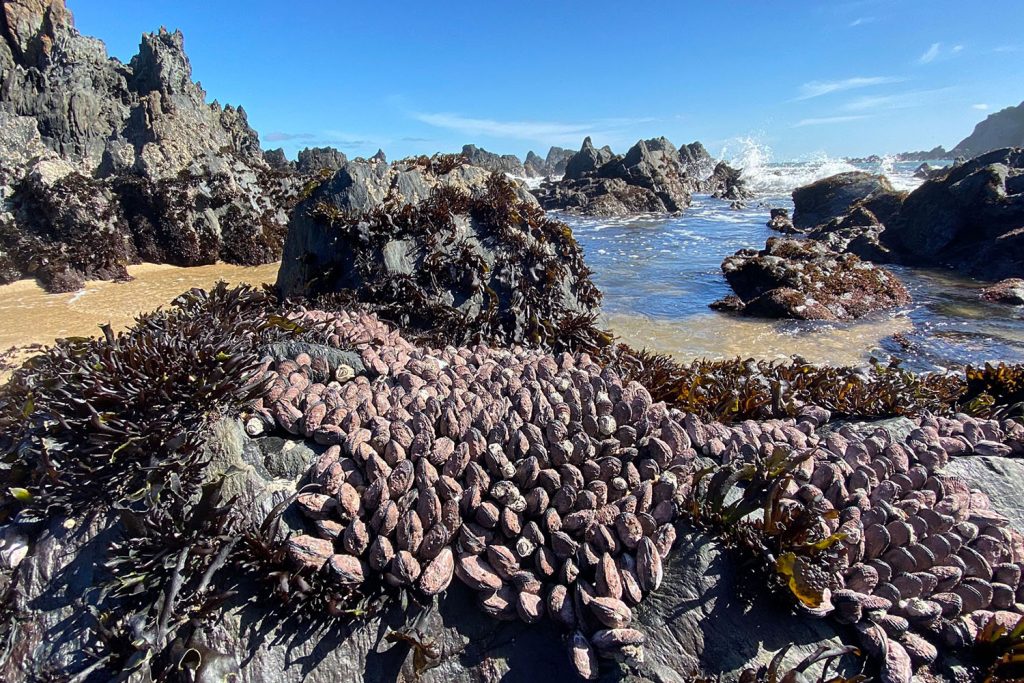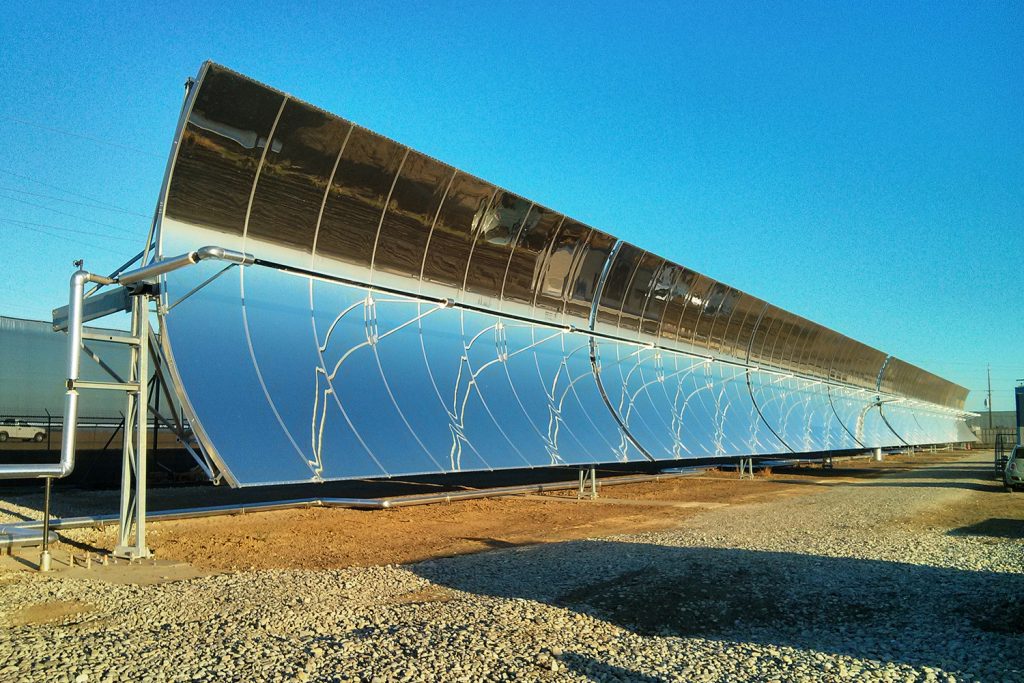
Elaina Hancock
Author Archive
Research Offers Insight into How Mercury Enters the Food Web
Dissolved organic matter acts like a 'shield' at the base of the marine food web
December 5, 2023 | Elaina Hancock
Nationwide Study Redefines How Food Environment Impacts Cardiometabolic Diseases
Human mobility seems to be a missing piece of the puzzle
November 20, 2023 | Elaina Hancock
Two UConn Researchers Among Authors of Fifth National Climate Assessment Report
Guiling Wang and Zhe Zhu explain how the gold standard of national climate reports gets put together - and why climate change isn't all doom and gloom
November 16, 2023 | Elaina Hancock
Disentangling Elements of Human Activities and Invasive Parasites on the Health of Darwin’s Finches
UConn researchers are studying how humans impact wildlife, inside and out
November 9, 2023 | Elaina Hancock
Establishing the Science of Stone Walls
'I want to ensure we don't strip mine these resources away'
November 6, 2023 | Elaina Hancock
Action-oriented Symposium Connects Researchers to Encourage Collaboration for a Sustainable Environmental Future
'We have heard these wonderful talks, now what are we going to do? The time for action is now'
October 27, 2023 | Elaina Hancock
A Team Effort is Giving New Life to a Classic Observatory
'Getting the facility back up and running has been an amazing and rewarding experience. This will be a force for good in the department and at the University'
October 23, 2023 | Elaina Hancock
How Ready is Your Town? UConn Researchers Help Coastal Towns Prepare for the Next Storm in a Changing Climate
'We want to make everybody in the community feel safe in a way that is affordable'
October 23, 2023 | Elaina Hancock
Snap Shot: How Will Organisms Adapt to Climate Change?
A UConn Marine Sciences researcher is spending time in Chile studying an important forage fish, and how this vital part of the food chain will adapt to a changing climate
October 12, 2023 | Elaina Hancock
Guarantees of Optimality: A New Model to Help the Manufacturing Industry Transition to Renewables
Solar thermal technology has huge, untapped potential, and UConn researchers are making tools to help manufacturers realize the possibilities and take the plunge for renewable energy
October 4, 2023 | Elaina Hancock


